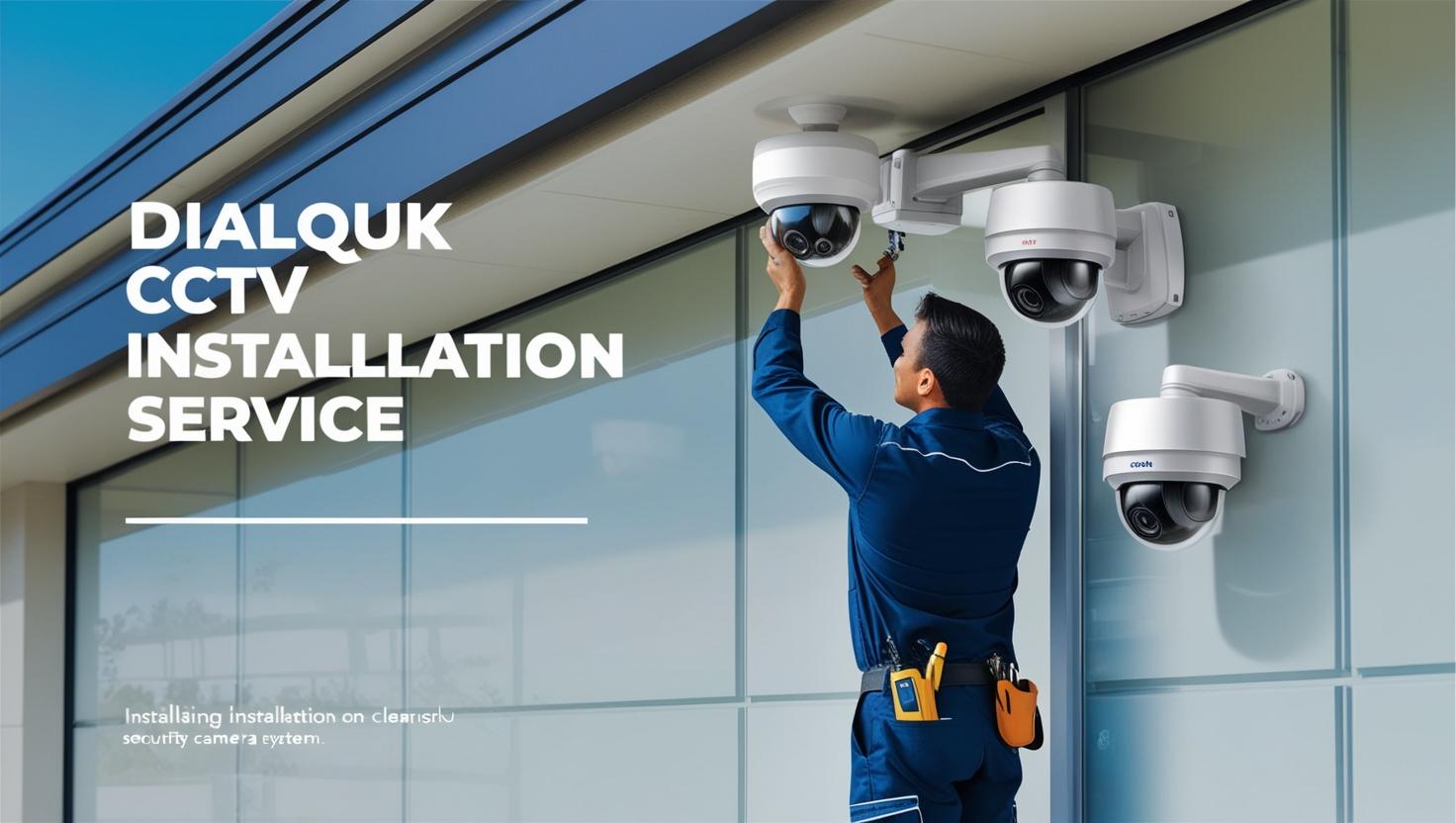A PHP Error was encountered
Severity: Warning
Message: Attempt to read property "title" on null
Filename: user/service_detail.php
Line Number: 83
Backtrace:
File: /home/u109208115/domains/dialquk.in/public_html/application/views/user/service_detail.php
Line: 83
Function: _error_handler
File: /home/u109208115/domains/dialquk.in/public_html/application/controllers/Welcome.php
Line: 119
Function: view
File: /home/u109208115/domains/dialquk.in/public_html/index.php
Line: 315
Function: require_once
A PHP Error was encountered
Severity: Warning
Message: Attempt to read property "title" on null
Filename: user/service_detail.php
Line Number: 83
Backtrace:
File: /home/u109208115/domains/dialquk.in/public_html/application/views/user/service_detail.php
Line: 83
Function: _error_handler
File: /home/u109208115/domains/dialquk.in/public_html/application/controllers/Welcome.php
Line: 119
Function: view
File: /home/u109208115/domains/dialquk.in/public_html/index.php
Line: 315
Function: require_once
A PHP Error was encountered
Severity: Warning
Message: Attempt to read property "description" on null
Filename: user/service_detail.php
Line Number: 86
Backtrace:
File: /home/u109208115/domains/dialquk.in/public_html/application/views/user/service_detail.php
Line: 86
Function: _error_handler
File: /home/u109208115/domains/dialquk.in/public_html/application/controllers/Welcome.php
Line: 119
Function: view
File: /home/u109208115/domains/dialquk.in/public_html/index.php
Line: 315
Function: require_once


1.jpg)

_(1).jpg)
_(1).jpg)

